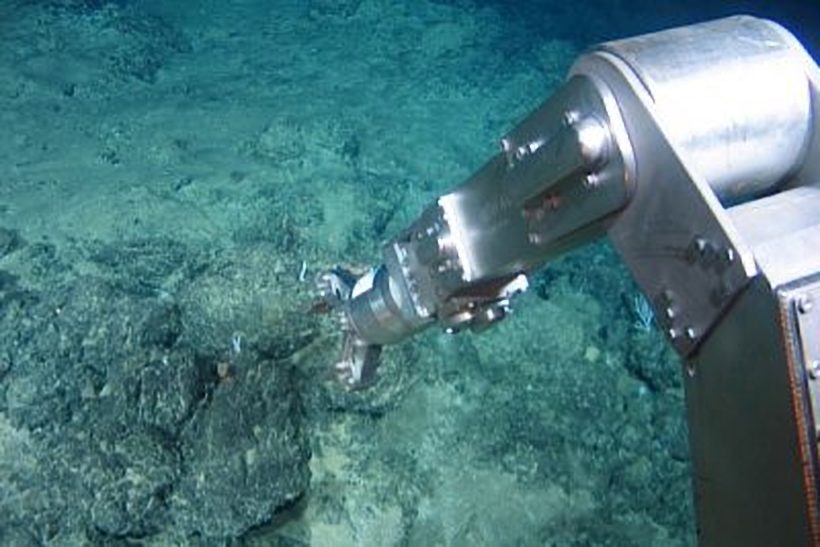
Deep Green Resources (DPG), a seafloor mining start-up partnering with Maersk, the world’s largest container shipping company, is about to launch a six-week cruise on April 12-14 from San Diego CA to an area of the Pacific Ocean where it will begin a process that it hopes and fully expects will solve the problem of how to mine the minerals and metals essential for a cleaner, greener world in a far less damaging way than is currently done on land and sea.
This Maersk/DPG cruise will identify an ocean area suitable for employing the process DPG has developed for mining nodules containing high concentrations of minerals like cobalt in the least environmentally risky way. DPG has pledged to do all of its work in an entirely transparent way so that scientists and environmentalists and government/UN watchdogs can see and evaluate every step in a process that will take four years before actual commercial mining can be done with the approval of the UN’s International Seabed Authority (ISA).
Here is what DPG plans to do on the six-week cruise and what they hope to accomplish:
DPG will conduct a survey to select the exact area from which to do all of the baseline environmental work so that it can extract nodules from the ocean floor that contain high concentrations of the metals and minerals including cobalt that are in high demand for the batteries that power smart-phones and electric cars, or that are required in the manufacture of wind turbine blades and other technology vital to our increasingly high-tech economy. Throughout the cruise they will also be taking many high quality pictures and video footage to be shared with media and other interested parties during and after the cruise.
The cruise is headed to NORI area D, which is approximately 1000 nautical miles from Hawaii and a similar distance from Mexico.
The vessel will leave San Diego between April 12th – 14th,.
Media are invited to inspect the cruise ship and its “mobilization” (putting all of the equipment on the vessel and preparing it for the voyage) will happen between 7th to 12th. The captain is willing to adjust the schedule of events each day to accommodate reporters and news photographers.
During this period there is also likely to be a “wet trial” of the Automated Underwater Vehicle (AUV) that will be used to collect nodules from the ocean floor and take photographs of the underwater area and the collection process. This, too, will be open to media.
To obtain high-grade photos of the sea floor, to collect data showing sufficient flat, harvestable areas, and to collect good samples of nodules.
All footage can be shared including high-res images of the seafloor, results of the sampling, and footage of deploying and retrieving the equipment. All images and footage will be edited in real-time on the vessel, and could therefore be available within a day or so to media.